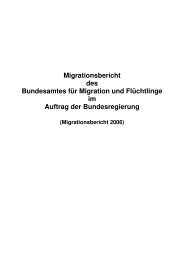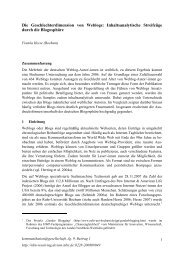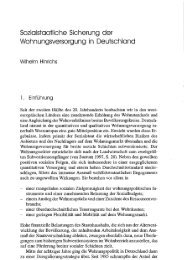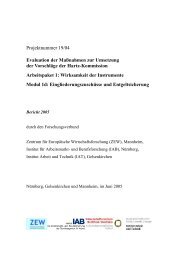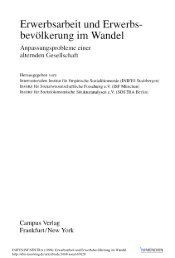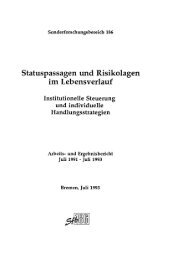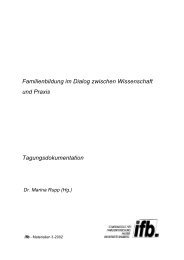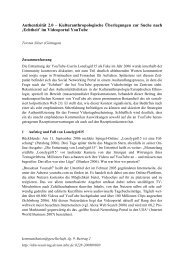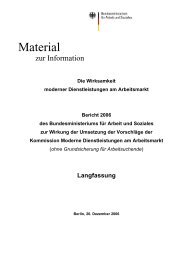Public Financial Management for PRSP - Deutsches Institut für ...
Public Financial Management for PRSP - Deutsches Institut für ...
Public Financial Management for PRSP - Deutsches Institut für ...
Create successful ePaper yourself
Turn your PDF publications into a flip-book with our unique Google optimized e-Paper software.
<strong>Public</strong> <strong>Financial</strong> <strong>Management</strong> <strong>for</strong> <strong>PRSP</strong> Implementation in Malawi<br />
— eliminating dual administration (field administration and local government)<br />
at the district level with the aim of making public service more efficient,<br />
more economical and cost effective;<br />
— promoting accountability and good governance at the local level in order<br />
to help Government reduce poverty; and<br />
— mobilising the masses <strong>for</strong> socio-economic development at the local level<br />
The Local Government Act provides the implementation modalities and details<br />
of the local government structure, including key structures, procedures,<br />
accountabilities and remedies. It also defines the specific parameters of the<br />
intergovernmental fiscal system (GFA 2005, 20).<br />
Today Malawi is divided into three regions: the north, the centre, and the<br />
south. These regions, however, do not have any relevant administrative functions.<br />
Thus, the relevant second administrative tier is <strong>for</strong>med by 28 rural<br />
districts; 8 towns; 1 municipality and 3 major cities of Malawi. Districts are<br />
themselves further divided into areas, wards and villages. Areas are headed<br />
by Traditional Authorities (TA) such as chiefs and sub-chiefs. In 1998 Malawi<br />
counted as many as 380 areas with approximately 26,000 inhabitants in<br />
each area, and 850 wards of 10,000 to 12,000 people each, which are the<br />
smallest administrative units (DANIDA 1998, 24; NSO 2005).<br />
4.3 The sectors: education and health in Malawi<br />
Although this study focuses on PFM in general, it particularly concentrates<br />
on PFM in the sectors health and education. There are several reasons <strong>for</strong><br />
this: First, both sectors are considered highly relevant to reducing poverty in<br />
sub-Saharan Africa. This is also reflected in the central role both sectors are<br />
attributed in the M<strong>PRSP</strong>. The second reason is that the MDG-driven debate<br />
about new modes of aid delivery such as Sector Wide Approaches (SWAps)<br />
or budget support are heavily biased towards these “social” sectors. Thus,<br />
they play a role in the closely related debate on PFM re<strong>for</strong>ms. This is also the<br />
case in Malawi. 5 Furthermore, decentralisation ef<strong>for</strong>ts regularly are most<br />
5 GoM and a group of donors agreed to a health SWAp in 2004. A ‘mini-SWAp’ already<br />
exists on HIV/AIDS. At the time the field research was conducted a SWAp in the education<br />
sector was also being prepared.<br />
German Development <strong>Institut</strong>e 49




